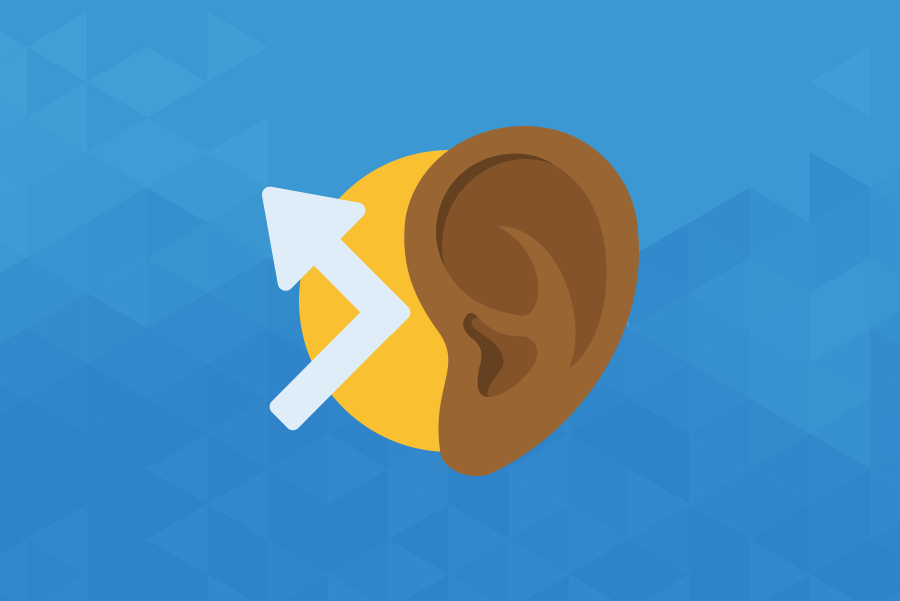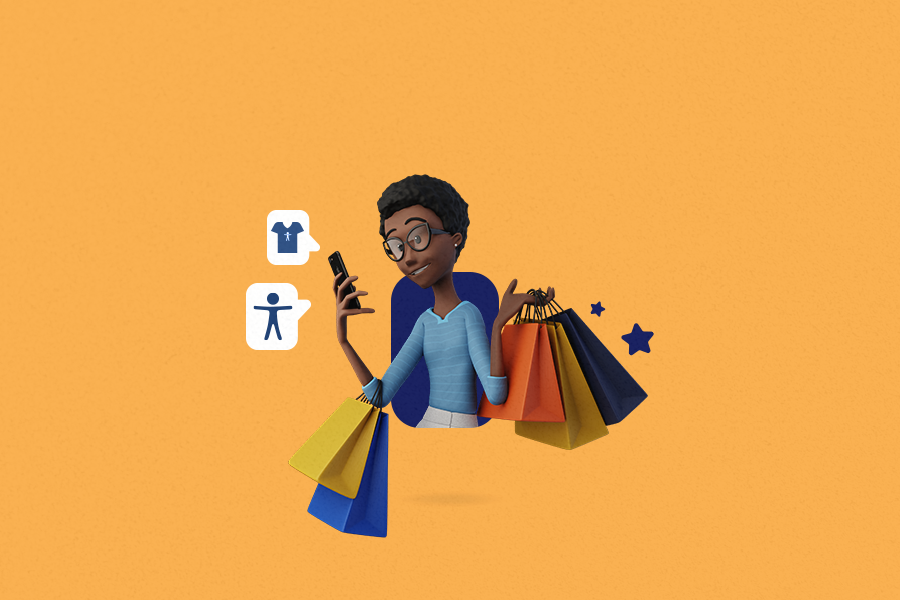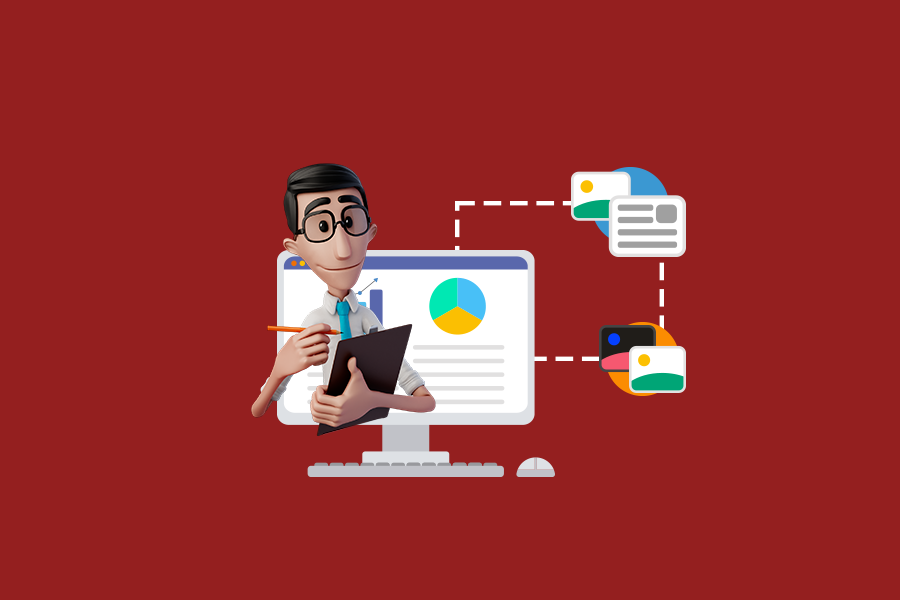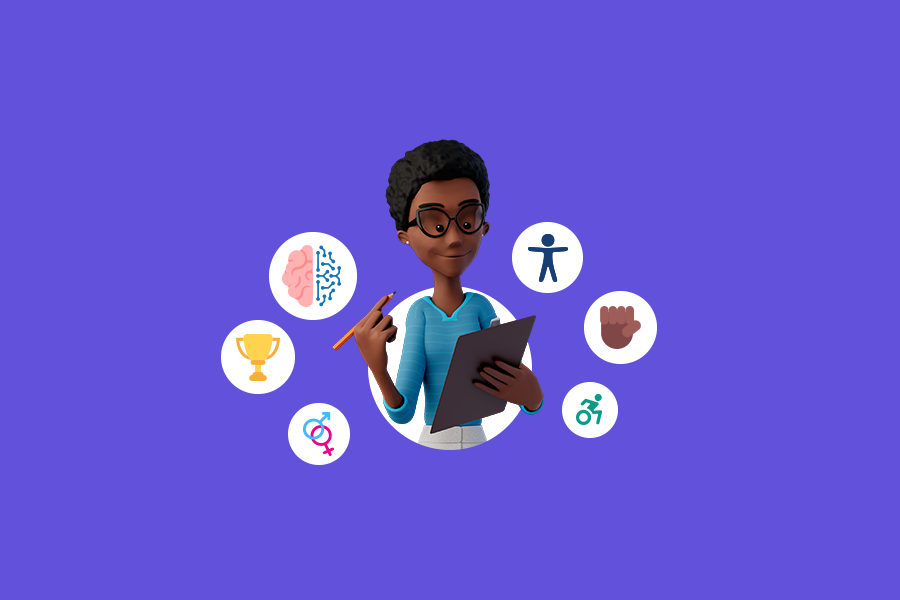
Why deafness is an invisible disability

Talking about deafness with those who know nothing about the topic is always an interesting conversation. Only a few know that 80% of deaf people around the world have difficulties with literacy and oral languages. On top of that, it is also common for people to still use the incorrect term (deaf-mute) when referring to those with hearing disabilities. The discussion always starts with these clarifications and takes a while to deepen.
Bottom line, people are not used to talking about accessibility. When the subject comes up, the first ones to be remembered are the people with physical disabilities or those who are visually impaired. Deafness goes unnoticed. How do you know if that guy you bumped into on the street earlier is deaf or hearing? We often don’t stop to think about this, which is why conversations about the deaf community always follow the same script. Deafness is an invisible disability.
To recognize this is to draw attention to the biggest barrier that deaf people face: communication.
Communication is at the heart of the problem
Among the many existing barriers to accessibility, communication is, by far, the biggest for deaf people. Think to yourself for a moment: what activities in your day to day involve communication? Almost all of them, right? Imagine what is the daily life for a deaf person who has Sign Language as a first language, in a country where few heares even know about it. Many things are compromised. And many of them are basic:
- In education, for example, the effects occur both in the socialization of deaf students and in the difficulty in finishing their studies. The literacy rate of people with hearing loss is much lower than that of people without any disability.
- This also affects the professional life of deaf people, who must face the unpreparedness of recruiters and managers in a work environment that isn’t accessible most of the time.
- And the virtual environment is no exception: few sites are accessible to people with disabilities. It is as if the Internet is offline for these people!
These are just a few examples of how the lack of communication can deeply affect the life of those who are deaf. Ultimately, it has a great impact on one fundamental thing to life: human connection.
Life as a society is made of human connections. They are what provide us the personal and professional development we seek. They are also the ones that define many of the social rules, essential for a harmonious coexistence with others.
And how to recover this connection? This is a question with no simple answer, but a good way to start is by listening to the stories of deaf people. They are fundamental to bring light to the fights and conquests of those with hearing loss. If you are a hearing person, here is a final thought: what can I do to give deafness more visibility?


